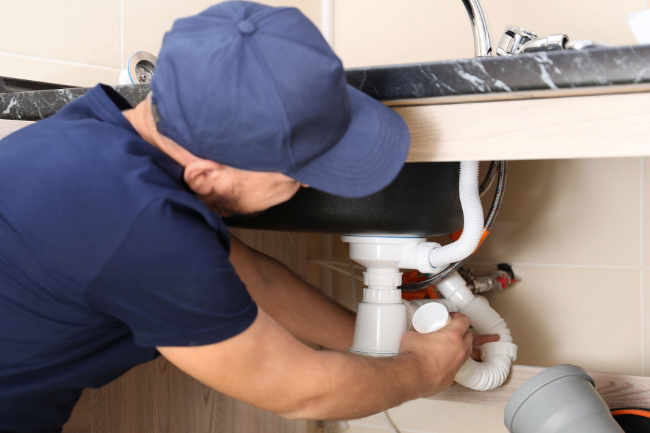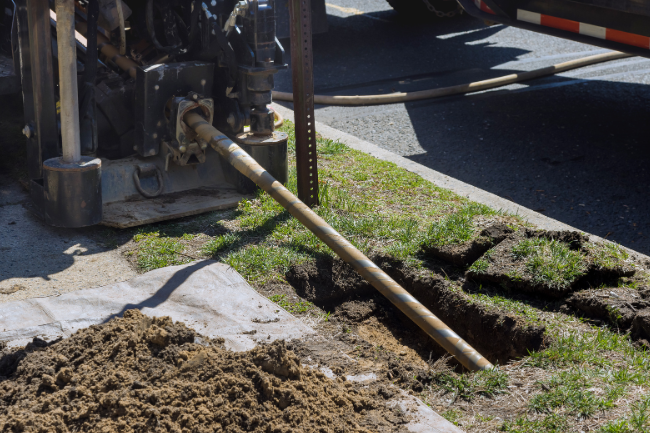What Is Directional Boring?
Posted by William Heinselman on

You may have heard about directional boring; we have a page for it here on our site and if you're in the utility business, you might have heard about it as well. But, perhaps you're asking what it is. Well, we've got an answer for you: directional boring is a trenchless, easy method to run conduit and other forms of utilities underneath the ground. This means that there are no large trenches and no disruption to your service.
You might be wondering why this is a big deal. Well, imagine a scenario: you've got a roadbed and you need to install a fiberoptic network, but you don't want to stop the traffic on the road to put these cables in. An old solution would be to hang them above the road—not the best choice for fiberoptic cables. Using directional boring, a conduit can be put into place so that the cable isn't subject to the elements.
How Does It Work?
The actual process is fairly simple. We dig a hole at the entry point and the exit point, and use a directional driller to bore a hole through the ground without disturbing the earth above. Our top-of-the-line directional drills are capable of boring both small and large diameter holes (depending on the type of service you need to install) and can assist with any project that needs a trenchless solution to boring a hole without digging up the surrounding terrain.
After the drill bit bores its way through the ground to the exit hole, the conduit or pipe is pulled back into the hole and settled into place during the process. Instead of fooling around with a trench and setting the pipe, this process moves much quicker and involves fewer problems and hassles than the alternative.
The Benefits
Now, we've discussed some of the benefits above: it's fast, inexpensive, and non-destructive. However, there are other great benefits to the process, as well:
- It's better for the environment
- Digging trenches and ripping up services and earth isn't good for the earth. The grass and any plants that might be on that earth could die from the procedure and if there's a roadbed on top of that, the asphalt and other materials are expensive and harmful to the environment. Why waste materials if you don't have to?
- It's more efficient
- Everyone likes efficiency. The old adage that "time is money" holds true for a reason. Why take a week when something can be done in a day? Moving faster and doing things quicker means you're not dealing with disruptions for days on end and you get to move on to the next project quicker. That's the big benefit—time.
- It's good for both the city and the countryside
- While we used the roadway example earlier, there are other uses for directional boring besides under roadways. For instance, imagine a pipe that needs installed in a park, but there's an obstruction that you don't want to move. Great! Bore your way through the obstruction (within reason) and run the pipe without moving it. Also, in conservation areas, it makes running those pipes possible without removing large sections of protected earth.
Call Us!
If you're interested in having a pipe put into place, why not consider our services? We're experts in the field and we know how to get the job done for you—we'll do it well, we'll do it quickly, and we guarantee our work. We've done many jobs—including a trenchless job in Yosemite National Park—and we've got the expertise to make you a happy person and make your infrastructure better.
Topics: Trenchless Technology


![Repiping Your Sacramento Home [6 Steps]](https://www.expresssewer.com/hs-fs/hubfs/plumbing%20tools%20and%20blueprints.jpeg?width=550)




